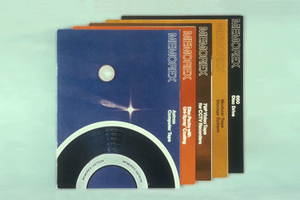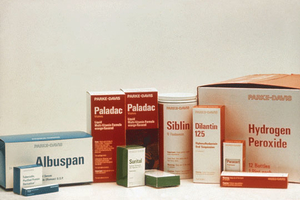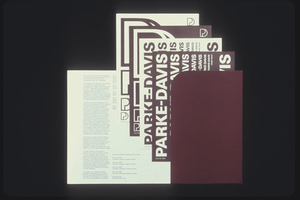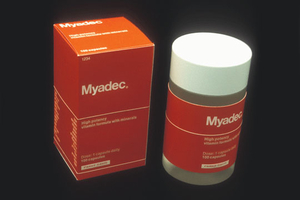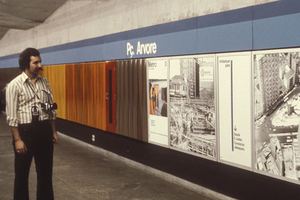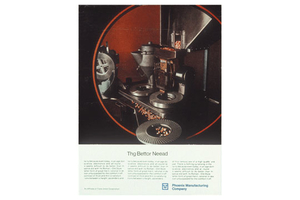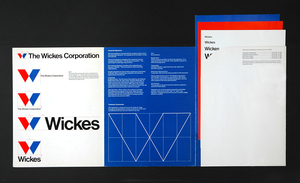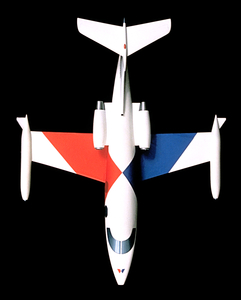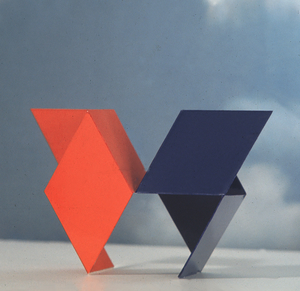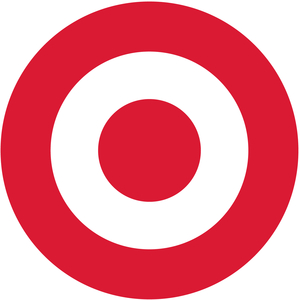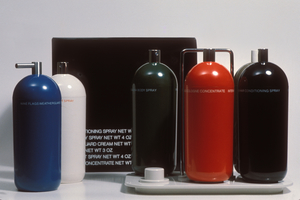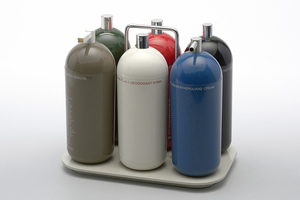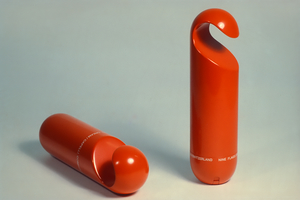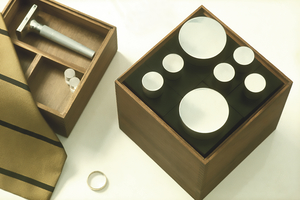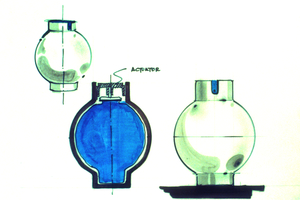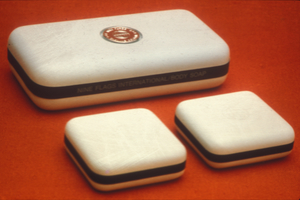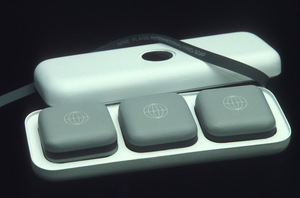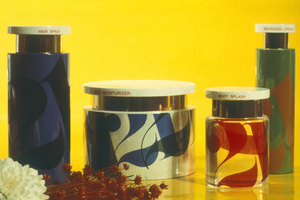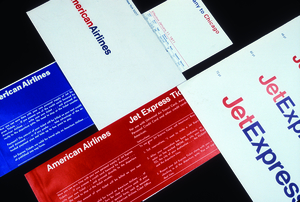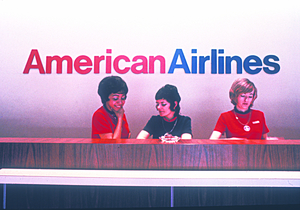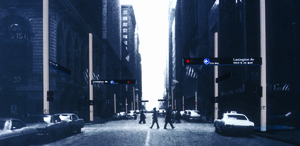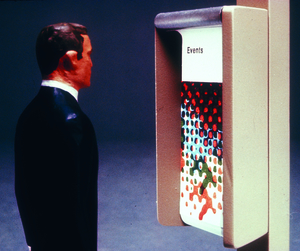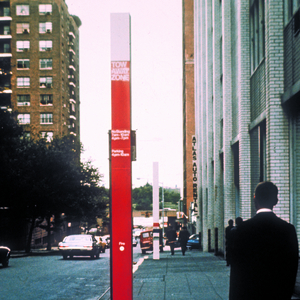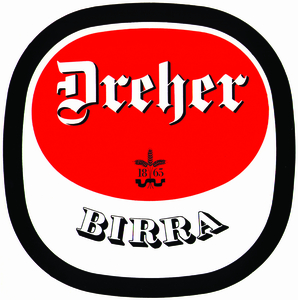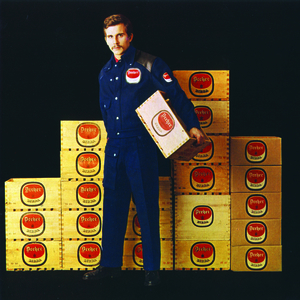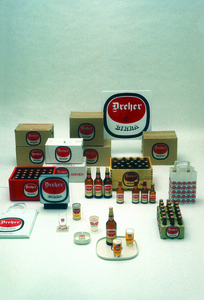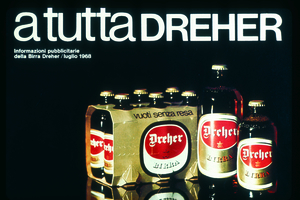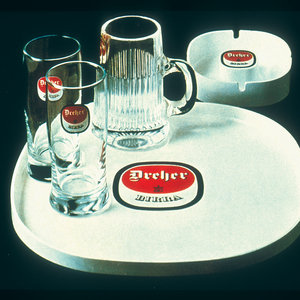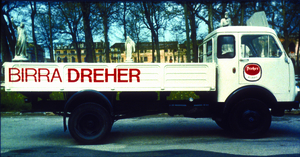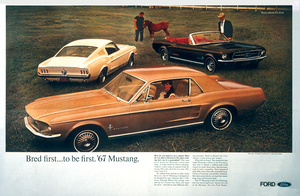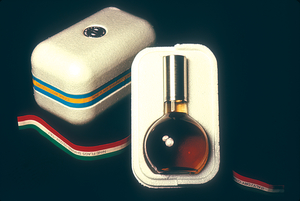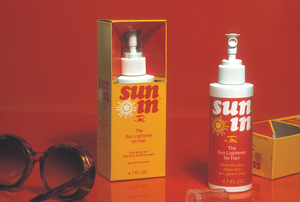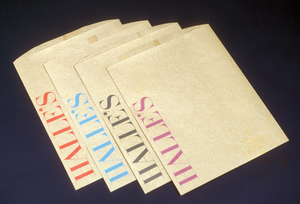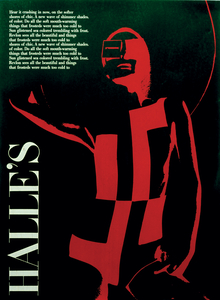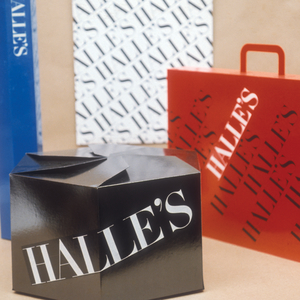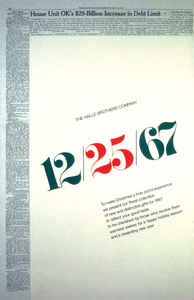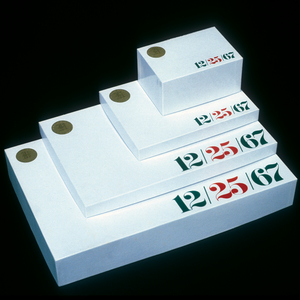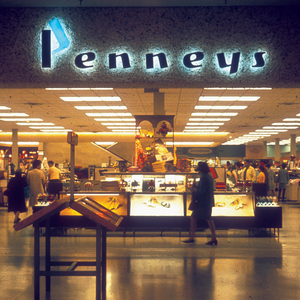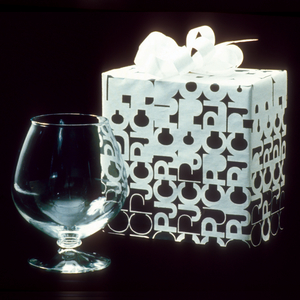Unimark International
Unimark was an international design firm headquartered in Chicago, Illinois. It was founded in 1965 by six partners: Ralph Eckerstrom, Massimo Vignelli, Bob Noorda, James Fogelman, Wally Gutches, and Larry Klein. Jay Doblin and Robert Moldafsky joined the new firm almost immediately. Initially, Unimark had three offices: Chicago, Milan, Italy and New York.
Additional offices opened around the world, but these were often short-lived as the client base and funding varied, and as American and global economic issues influenced the viability of each office. At its peak, Unimark had eleven offices in five different countries.
Although the firm was relatively short-lived, it was at one time the largest design firm in the world, and it had a major influence on the direction of American design aesthetics. The firm was a leader in establishing a modernist philosophy for corporate design that is still widely followed. Former Bauhaus designer Herbert Bayer was an early member of the firm's Board of Directors. The graphic style of Unimark's projects was decidedly modernist. Unimark rejected the idea of the designer-as-artist, embraced standardization and systems and emphasizing the use of the grid as an organizational tool for corporate communications. The typeface Helvetica was widely, though not exclusively, used by Unimark designers.
With their visual outlook, Unimark designers had a defining influence on our environment; they left an enduring legacy with their practice and their theory. Many Unimark designers have been honored with international awards for their achievements.
The firm was an early specialist in designing corporate identity systems, branding, and signage systems. Clients included American Airlines, Ford Motor Company, Gillette, JC Penney, Knoll, and the New York Transit Authority who continue to use Unimark-created trademarks and graphic standards. Unimark downsized dramatically in 1972 and filed for Chapter 11 bankruptcy in 1977.
2010 Jan Conradi and 2021 Wikipedia.org

